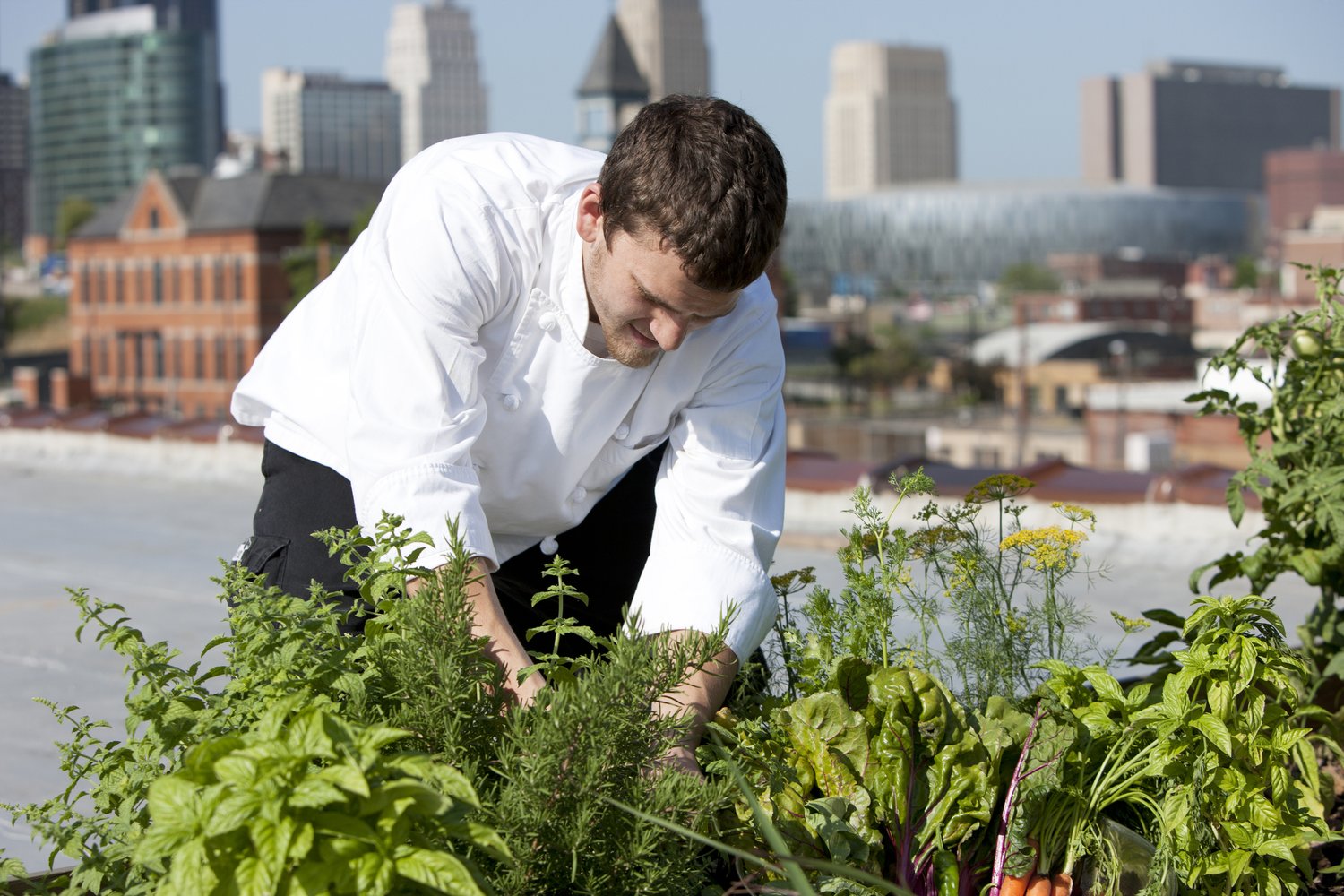City Blooming Can Be Fun For Anyone
City Blooming Can Be Fun For Anyone
Blog Article
A Biased View of City Blooming
Table of ContentsFacts About City Blooming UncoveredCity Blooming Things To Know Before You BuyCity Blooming - An OverviewThe 6-Minute Rule for City BloomingWhat Does City Blooming Mean?
Fascinated in expanding food for sale in the City of Chicago? Below is a list of frequently asked concerns pertaining to the rules and guidelines that growers ought to take into consideration when planning an urban agriculture job.
The zoning modification does not modify any kind of various other codes handling composting, structure permits, purchasing or renting City owned home, company licenses or environmental contamination. There are existing codes that control these issues and they remain completely impact and might be appropriate to your job. Neighborhood yards are usually had or taken care of by public entities, public organizations or community-based organizations and kept by volunteers.
Urban farms expand food that is intended to be marketed, either on a not-for-profit or for-profit basis. Due to their business objective, city ranches require a business certificate.
The Best Strategy To Use For City Blooming
The amount of compost product can not go beyond 25 cubic yards at any kind of given time according to the standards in 7-28-715 of the City's Municipal Code. Since the soil at many new garden sites requires amending, garden compost, soil, timber chips, or various other products can be gotten to construct or enhance the expanding room.

If a structure permit is needed then the hoophouse will be thought about an accessory building. You can learn more about the structure authorization demands by getting in touch with the Department of Buildings. The 25,000-square-foot dimension limitation is meant to protect against a solitary neighborhood yard from controling a provided block or detracting from the block's existing residential or commercial character.
The restriction does not use to gardens located in Public Open Space (POS) areas. Can there be even more than one area yard that is 25,000 square feet on a single block? Fencing is not needed, nonetheless, gardens that have huge parking areas might be required to set up secure fencing or other landscaping features.
Some Ideas on City Blooming You Need To Know
B1 & B2 areas require that all business usage tasks be carried out inside. R areas limit business task. The regulations reflect the function and intent of the Zoning Code. Is fence needed for urban ranches? Yes. Fencings might be needed, in addition to landscape design and screening, for sure parking locations and outdoor work or storage areas depending here are the findings on location and the particular activity happening.
Yes. Urban ranches require structure permits and zoning authorizations before construction. Various other kinds of city review might be called for relying on specific frameworks, activities, size, landscape design, licensing, public heath and stormwater administration problems. Much of these demands are recognized in the project design or permitting process, however, the candidate may be responsible to independently identify particular licenses or allows that may be required.
Yes. The kind of permit is established by what is happening at the site. The Division of Service Affairs and Consumer Security can assist figure out the certain sort of organization permit that's needed. Yes. Off street car parking is required for the majority of commercial projects in Chicago. The needed variety of car parking rooms is based on the variety of workers working with website and not the square video footage of the expanding area.
About City Blooming

An urban ranch can sell compost material produced on website, nevertheless, the operation needs to abide with the policies in 7-28-715 of the Chicago Municipal Code. Aquaponic systems are enabled inside your home on city farms in lots of zoning districts.
As much as five hives or swarms of honey bees may be maintained as an accessory usage. Nevertheless, beekeepers need to register with the Illinois Division of Farming. For more details regarding the proposed zoning modification you might call the Department of Housing and Economic Advancement, Bureau of Planning and Zoning at 312.744.8563.
Farming in cities and metropolitan areas A metropolitan ranch in Chicago. Urban agriculture describes numerous techniques of growing. https://allmyfaves.com/cityblooming?tab=City%20Blooming, processing, and distributing food in urban areas. The term likewise applies to the location tasks of animal husbandry, aquaculture, beekeeping, and cultivation in a metropolitan context. Urban farming is identified from peri-urban farming, which occurs in rural locations at the edge of suburban areas.
City Blooming Fundamentals Explained
It can entail a movement of organic farmers, "foodies" and "locavores", that look for to form social media networks based on a shared principles of nature and area holism. These networks can establish using formal institutional assistance, becoming integrated right into neighborhood community preparation as a "change town" movement for sustainable metropolitan development.
Some of the first proof of city agriculture comes from Mesopotamia.
Report this page